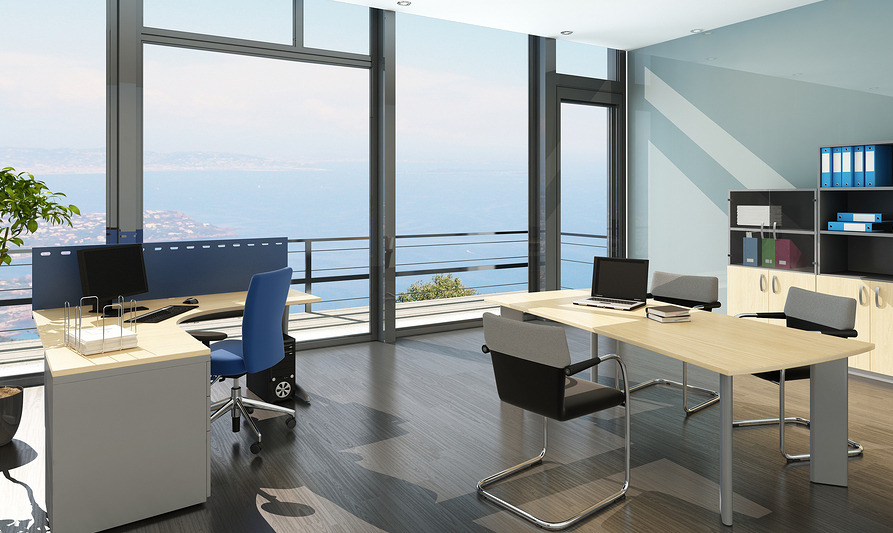You're moving the company to a new office space. Maybe this new location is for your overall headquarters, or maybe it's a new remote location that's necessary because of your corporate growth strategy.

In either case, the space will become a physical expression of your company and its culture. It will have an effect on some critical business aspects, including the following:
- Recruitment.
- Retention.
- Innovation.
- Job performance.
- Job satisfaction.
- Operational effectiveness.
Research by the National Center for the Middle Market in partnership with The Novo Group found that nearly 80 percent of middle market companies see the overall quality of facilities and the working environment as important to creating a compelling employee value proposition. The right office design will help make your business run better.
To that end, you should involve employees in deciding how the space will look and feel. Their involvement in decision-making gives them a voice in something meaningful, which, as Boundless points out, increases engagement and improves performance. In addition, employees often have insights into what an operation needs and may have expertise (such as experience in construction or design) that weren't obvious before but that would prove valuable.
Here are four ways to involve them in new office design decisions:
1. Layout
An office's physical layout can affect how work is done. For example, some engineering or accounting businesses might work better in a traditional structure with offices or cubicles so that employees can focus directly on the tasks at hand. Others, like advertising or media companies, might rely on extensive collaboration and make better use of an open structure with desks or tables.
Talk to your employees and ask how the old space has worked. Which features have been good or bad, and why do they feel that way? Don't assume the old layout is necessarily the best to help drive business. Also consider letting employees name common areas such as conference rooms. That way, they can put their stamp on the space.
2. Colors
Color greatly affects how people work, and it's one of the most obvious areas where employee suggestions will have an effect. Offer color samples and encourage employees to make their preferences known. If you have the time and resources, consider setting up some common work areas, each decorated in one of the color schemes most popular among employees. They can then try the different settings to see how they feel about them.
3. Lighting
Like colors, lighting can have a significant affect on mood and efficiency. Give employees the chance to look at the potential solutions and indicate which they like most. In this case, given the wide variations in lighting systems, you may want to narrow the potential range of solutions down before asking for input. In addition to general lighting, ask for help with deciding on supplemental desk and floor lamps, if they're necessary.
4. Other Practicalities
Besides giving employees a voice in the new office's aesthetics, encourage them to discuss practicalities, too. Ask for a wish list of items for the new space, such as a coffee bar or certain type of storage, which could help make work a better place to be. This might mean discussing a design for sustainability. Also include in-house experts to discuss such practicalities as a loading dock (handy for moving in) or even technical continuity planning.
The more you involve your employees, the more you offer them the chance to engage with the company. You'll also find experience and knowledge among your employees that will make the process of preparing the new space easier.
Did you recently move to a new office, and did you get your employees involved in its design? How so? Tell us in the comments.
Erik Sherman is an NCMM contributor and author whose work has appeared in such publications as The Wall Street Journal, The New York Times Magazine, Newsweek, the Financial Times, Chief Executive, Inc. and Fortune. He also blogs for CBS MoneyWatch. Sherman has extensive experience in corporate communications consulting and is the author or co-author of 10 books. Follow him on Twitter.